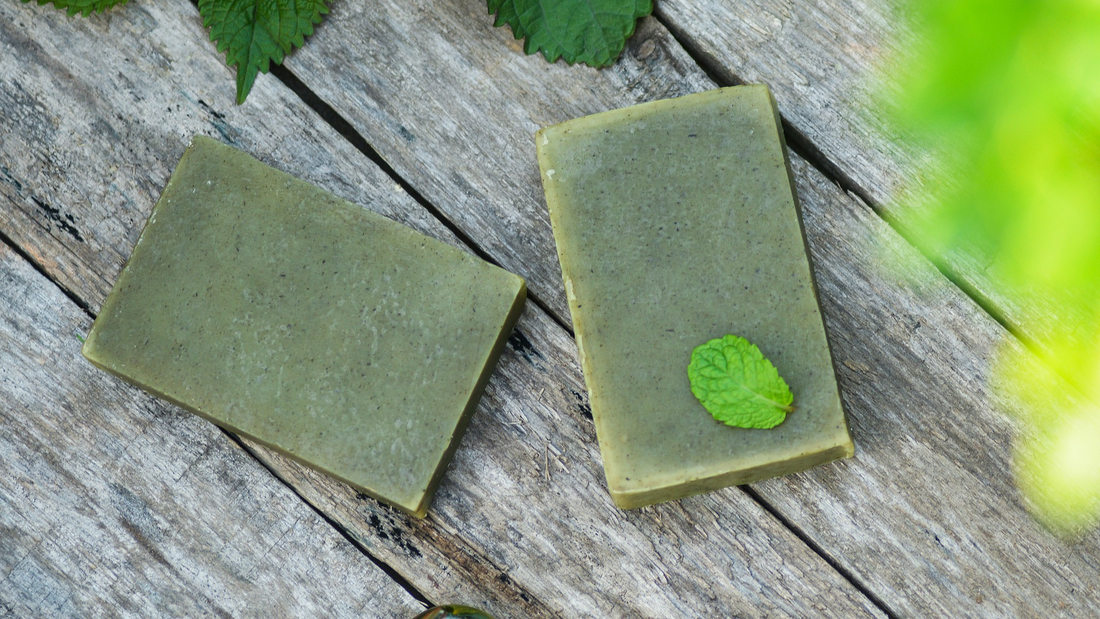Anyone who uses handmade soap has been there – you spend $10 (or even more) for a bar of soap. It’s a fair price, but it’s a lot to spend. You want to get every last bubble out of that bar right down to the tiniest sliver! Because, not only did you pay a premium price, but it is also a premium product, and you LOVE the way it smells. You also love how your skin feels after you use it. Maybe you bought it at a farmer’s market or craft fair, and you aren’t sure if you’ll be able to find that maker again (always get business cards!).
Don’t worry, we’re here to help, and these tips aren’t specific to just our products. They should work on most of your handmade and natural soap.

What does handmade soap have in common with a cactus?
They both hate having wet feet!
This tip is one that most of you probably already know or have heard, so instead of just telling you to buy one of our fancy, ecofriendly soap dishes, I’ll actually tell you why soap melts (when your bar of Big Company Brand soap doesn’t).
Big Company Brands have a lot of overhead costs. To cover their costs, and make a profit, they need to keep costs down and sell as much product as possible. They need to sell to as many consumers as possible, so they must create products that work for the mass market – almost everyone.
We’ve already talked about how this leaves them very little room to create products that can solve your problem…unless everyone else has the same problem.
They need low priced ingredients, high speed production lines, and products that are ready to package and send to consumers right off the line. Chemicals like bar hardeners and synthetic detergents are added to decrease manufacturing costs and the cure time associated with True Soap.
So, comparing your handcrafted True Soap product to a Big Company Brand synthetic detergent bar is like comparing a water lily to a cactus. They both are kind of similar, but flourish in really different environments.
Let’s go back to True Soap for just a second.
Have you heard the phrase “polar opposites”? Well, that describes a soap molecule perfectly. One end (the hydrophobic part) loves oils and dirt and really hates water. It will easily attach to dirt and grime and the oil naturally present on your skin.
The other end, however, really hates oil. This hydrophilic part loves water. It will try to avoid oils but will grab onto a water molecule and hold on for dear life.
Soap molecules are perfect for cleaning! One side grabs the dirt and oil, the other side grabs the waterfall in your shower and rushes the dirt right down the drain. Who knew soap had this much fun?!
So, if one side loves water, are you surprised at all that it wants to grab onto every water molecule in that shower puddle? It’s just being soap. Don’t hate it for being what it is. Love it (and help it last longer) by putting it on a shelf away from the puddles. Or you can always give it a cozy spot on a well-draining soap dish.

How many soaps are too many?
I’m the last person to judge anyone for having multiple bars of soap in the shower. As I write this, there are 12 smallish bars of soap in the master bath. 12! I just counted them.
I say “smallish” because every new product we make gets tested by our family and friends. Soap production also has a small waste factor – loaf ends, and scratch and dent bars usually end up in our shower or going to a friend. You may even find some of these in your online orders.
People often comment that our half bars seem to last a lot longer than a normal sized bar would last, and I’ve finally figured out why. We don’t use them the same way that we use a full-sized bar.
When there is one bar in the shower, everyone uses that bar every time. With multiple and frequent use, a large bar doesn’t really get any time to dry out. As we’ve already learned, soap bars that stay wet melt away quicker than bars that dry out between uses. If everyone has their own bar, or if you switch between bars every few baths, each bar gets a chance to really dry out and harden up a bit making it last longer.
It’s not about 16 ounces of soap lasting longer than 4 ounces. It’s really that 4 ounces of soap that gets a chance to dry out and reharden lasts much longer than 4 ounces of always wet soap. Any soap maker can tell you that as soap cures, it loses water. A fresh bar will not last as long as a fully cured bar, and a really old bar is always harder and lasts longer than a just cured bar. The more water, the softer the soap, and the shorter the lifespan.
If you wash up frequently, or multiple people use the same soap, consider buying a few extra bars next time and experiment with this yourself.

Go ahead! Cut the soap! Really – it’s ok as long as you’re careful.
Yes, we’re talking about water again. It’s like soap’s kryptonite.
By cutting your bar into smaller pieces, you are keeping a large portion of the soap from regularly absorbing water and allowing it to continue curing.
Using a sharp knife and a cutting board, carefully lop off a useable sized piece of soap or section it into equal portions. It’s really that easy. Store the extra piece or pieces of soap in a cool dry place and toss the piece you want to use in your shower, gym bag, camper, guest bath, or anywhere else it makes sense to have soap.
The unused soap will continue to cure, meaning water in the soap itself will evaporate creating harder little bars that will last longer when you go to use the next piece.
So simple, and so genius!

There you have it! Three simple ways to help get the most out of your hand made soap.
Share your tips in the comments section - we love to learn new things from our readers!


1 comment
Very interesting, now I know how to get rid of all those little pieces!